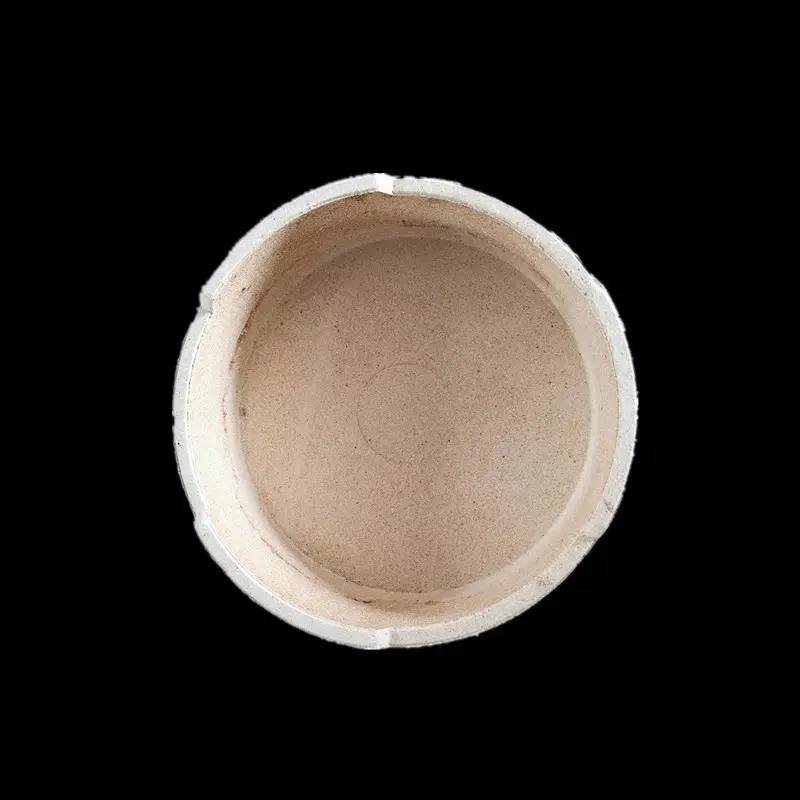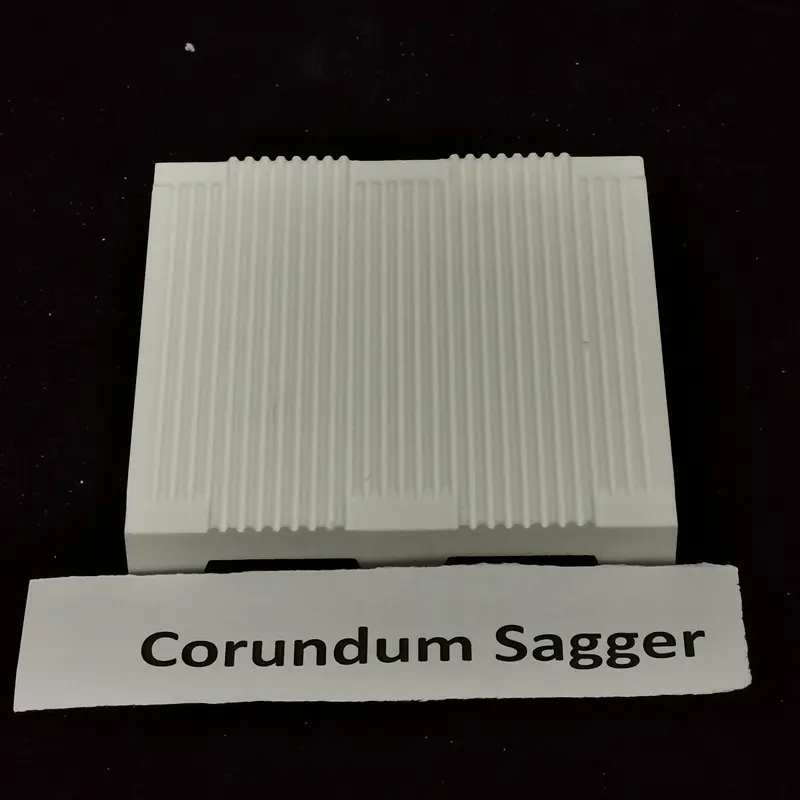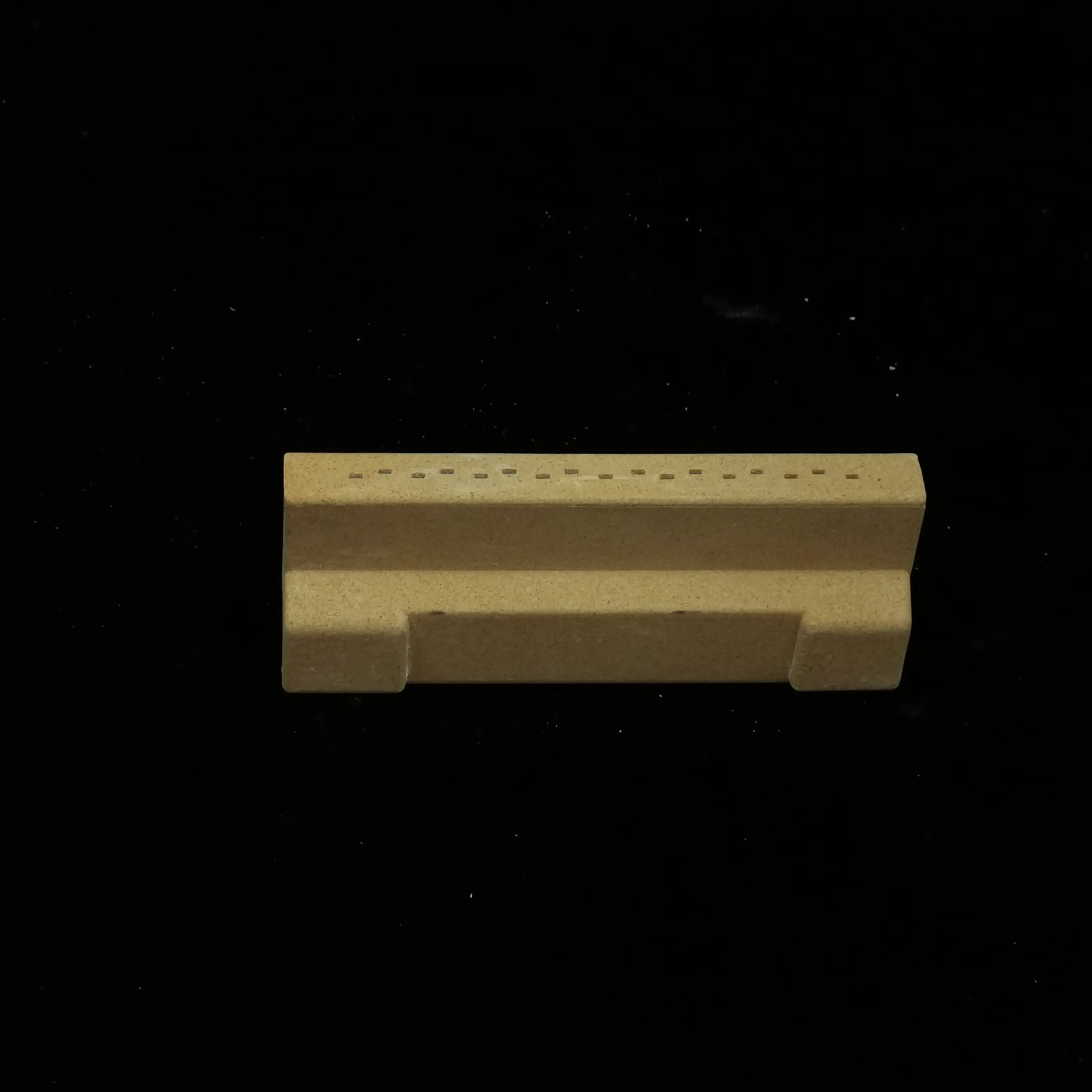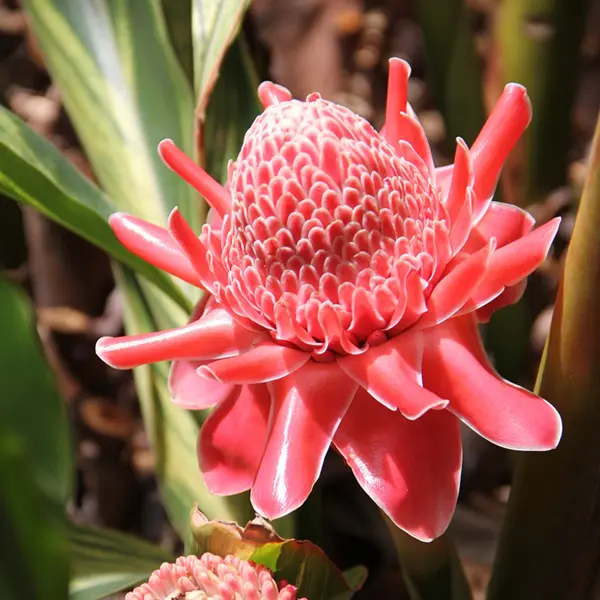High-Temperature Resistance Ceramic Trays for MLCC Firing
1. Material Requirements for MLCC Firing Trays
MLCCs are typically sintered at temperatures ranging from 1100°C to 1400°C, depending on the dielectric material (e.g., BaTiO₃-based formulations). The ceramic trays used in this process must meet stringent requirements:
-
High-Temperature Stability – The trays must maintain structural integrity without warping, cracking, or softening at peak firing temperatures.
-
Low Thermal Expansion – To minimize thermal stress during rapid heating and cooling cycles (critical for fast-firing processes).
-
Chemical Inertness – The trays must not react with volatile components (e.g., BaO, TiO₂) or contaminate the MLCCs.
-
Thermal Shock Resistance – Essential for preventing microcracks during temperature fluctuations in continuous kiln operations.
-
Mechanical Strength – Must support multiple layers of MLCC green sheets without deformation.
2. Preferred Materials for MLCC Firing Trays
Several high-performance ceramics are used for MLCC firing trays, each offering distinct advantages:
a) High-Purity Alumina (Al₂O₃, 95-99%)
-
Advantages:
-
Excellent high-temperature stability (melting point ~2050°C).
-
High mechanical strength and wear resistance.
-
Chemically inert to most MLCC materials.
-
-
Limitations:
-
Moderate thermal shock resistance (can be improved with microstructural optimization).
-
Higher thermal expansion (~8 × 10⁻⁶/°C) compared to cordierite.
-
b) Zirconia-Toughened Alumina (ZTA)
-
Advantages:
-
Enhanced fracture toughness due to zirconia dispersion.
-
Better thermal shock resistance than pure alumina.
-
Maintains high strength at elevated temperatures.
-
-
Limitations:
-
Higher cost than standard alumina.
-
Potential phase instability in zirconia at certain temperatures.
-
c) Cordierite-Mullite Composites
-
Advantages:
-
Ultra-low thermal expansion (~2 × 10⁻⁶/°C), ideal for fast firing.
-
Superior thermal shock resistance.
-
-
Limitations:
-
Lower mechanical strength compared to alumina.
-
Not suitable for the highest MLCC firing temperatures (>1400°C).
-
3. Key Design Considerations for MLCC Trays
The performance of ceramic trays in MLCC production depends on both material selection and design optimization:
-
Optimized Geometry:
-
Flatness is critical to ensure uniform sintering of MLCC layers.
-
Thin but rigid walls reduce thermal mass, improving energy efficiency.
-
-
Surface Finish:
-
Smooth, polished surfaces prevent MLCC green sheets from sticking.
-
Some trays use a proprietary glaze to further minimize adhesion.
-
-
Load Distribution:
-
Reinforced edges or ribbed structures enhance load-bearing capacity.
-
Multi-layer stacking designs maximize kiln space utilization.
-
4. Performance in Industrial MLCC Production
In modern MLCC manufacturing, high-temperature ceramic trays contribute to:
-
Consistent Sintering: Uniform heat distribution prevents warping or delamination of MLCC layers.
-
High Yield: Minimal contamination reduces defective parts.
-
Fast Firing Compatibility: Withstands rapid thermal cycles (critical for high-throughput production).
-
Long Service Life: Resists degradation over hundreds of firing cycles, lowering operational costs.
5. Comparison with Alternative Kiln Furniture
While metal or lower-grade ceramic setters are sometimes used, they are unsuitable for high-end MLCC production:
-
Graphite Trays:
-
High thermal conductivity but can contaminate BaTiO₃-based ceramics.
-
-
Silicon Carbide (SiC) Trays:
-
Excellent thermal properties but risk reacting with MLCC compositions.
-
-
Steel or Nickel Alloys:
-
Cannot withstand temperatures above ~1200°C and may introduce metallic impurities.
-
Thus, high-purity alumina or ZTA trays remain the industry standard for premium MLCC manufacturing.
6. Future Trends and Innovations
-
Nano-Engineered Composites: Improved toughness and thermal shock resistance.
-
Additive Manufacturing: Enables complex, lightweight tray geometries.
-
Smart Trays with Embedded Sensors: For real-time thermal monitoring.
Conclusion
High-temperature resistant ceramic trays are vital for producing high-quality MLCCs, offering unmatched thermal and chemical stability. As MLCC technology advances toward higher capacitance and miniaturization, the demand for optimized ceramic kiln furniture will continue to grow, driving further innovations in material science and manufacturing techniques.





